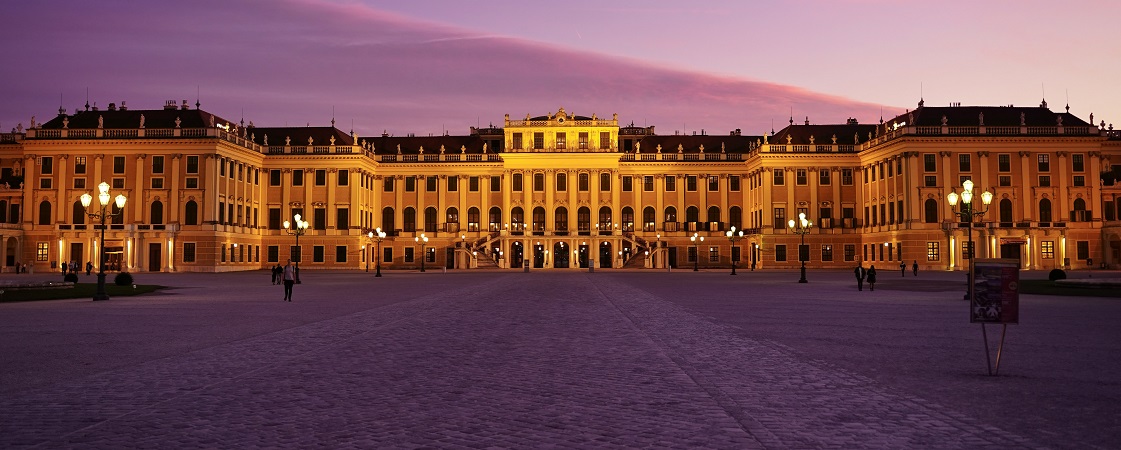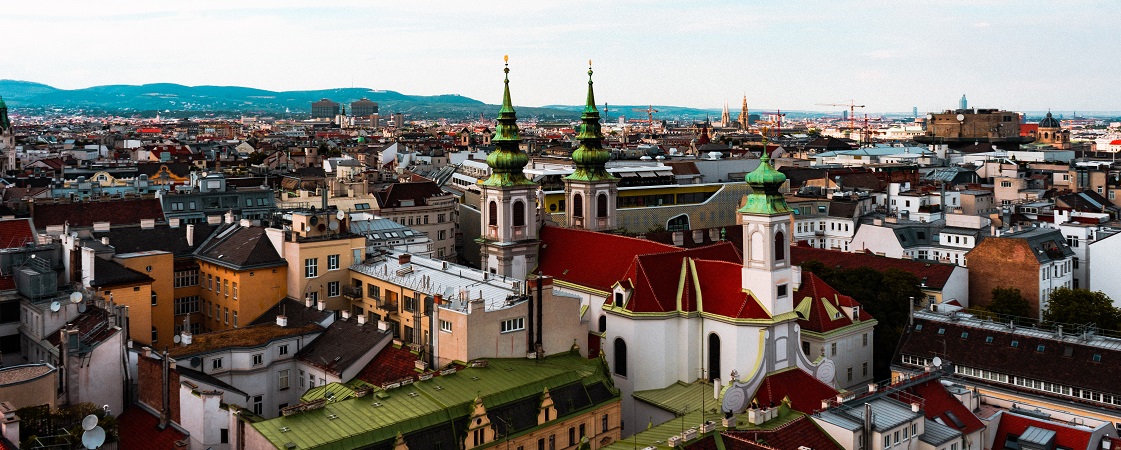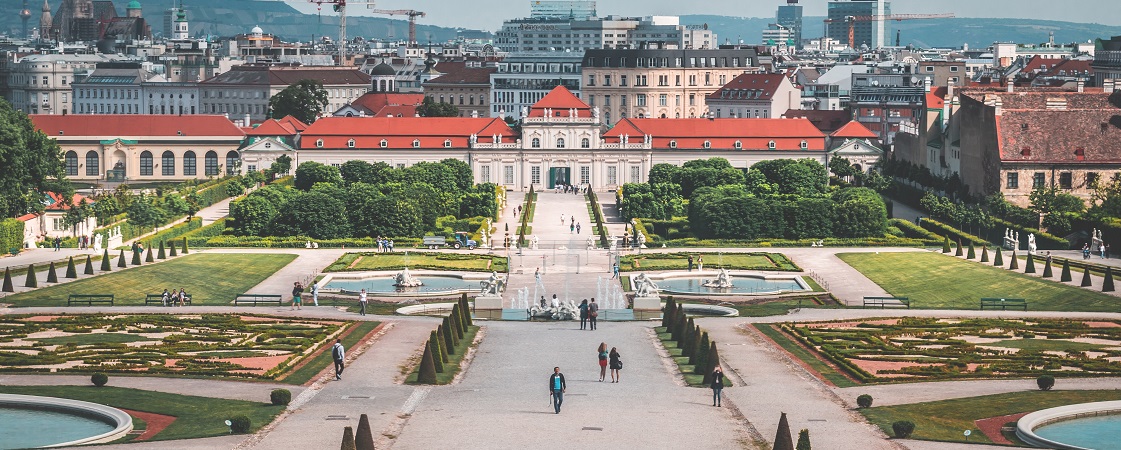Vienna – Something Old & Something New
Information, courtesy of WienTourismus
With its successful blend of imperial tradition and contemporary creativity, the Austrian capital has established itself as a major player in the global tourism market. With 16.5 million overnight stays in 2018, beating the previous record set in 2017 by 6.3 percent, the Viennese tourist industry posted the best performance in its history. In 2018 the International Congress and Convention Association (ICCA) ranked Vienna in second place.
Vienna is not only the capital of Austria, but also one of its nine federal states. St. Stephen’s Cathedral, considered the center of the city by its inhabitants, is located 16º 22’ 27’’ east of Greenwich at 48º 12’ 32’’ northern latitude, and 171 meters above sea level. The city covers 415 square kilometers and is divided into 23 districts. With woods, grassland, parks and gardens accounting for around half its area, Vienna is the city in Europe with the highest ratio of green space. “Urban green” such as Stadtpark (with one of the most frequently photographed sights in the city, the golden Johann Strauss monument) is joined by the woods and grassland of Prater, the extensive Schönbrunn Palace Gardens, sections of the Vienna Woods, vineyards, farmland and the wetlands of the legendary Danube River. During the summer temperatures rarely rise above 30º C, and in winter they hardly ever fall below -5º C. Schönbrunn Palace and its park were added to the UNESCO World Cultural Heritage list in 1996, followed by the historic city center in 2001, while Viennese coffeehouse culture and Viennese heuriger (wine tavern) culture are both included in UNESCO’s intangible cultural heritage list.




